Mastering darts finishers is the key to consistently winning games; understanding the optimal checkout combinations and developing a strategy to execute them under pressure will significantly improve your success. This article delves into the art of darts finishers, exploring common checkouts, effective practice techniques, and the mental game involved in closing out legs.
⚠️ Still Using Pen & Paper (or a Chalkboard)?! ⚠️
Step into the future! The Dart Counter App handles all the scoring, suggests checkouts, and tracks your stats automatically. It's easier than you think!
Try the Smart Dart Counter App FREE!Ready for an upgrade? Click above!
The Importance of Mastering Darts Finishers
The ability to consistently hit your darts finishers is arguably the most crucial skill in darts. While accurate scoring to bring yourself into a checkout position is important, it’s the finishing that seals the deal. A player who can reliably convert their checkout opportunities will win more legs and ultimately more matches, regardless of their scoring ability in the early stages of the game. Mastering checkout charts and developing a personalized finishing strategy is essential for any serious darts player.
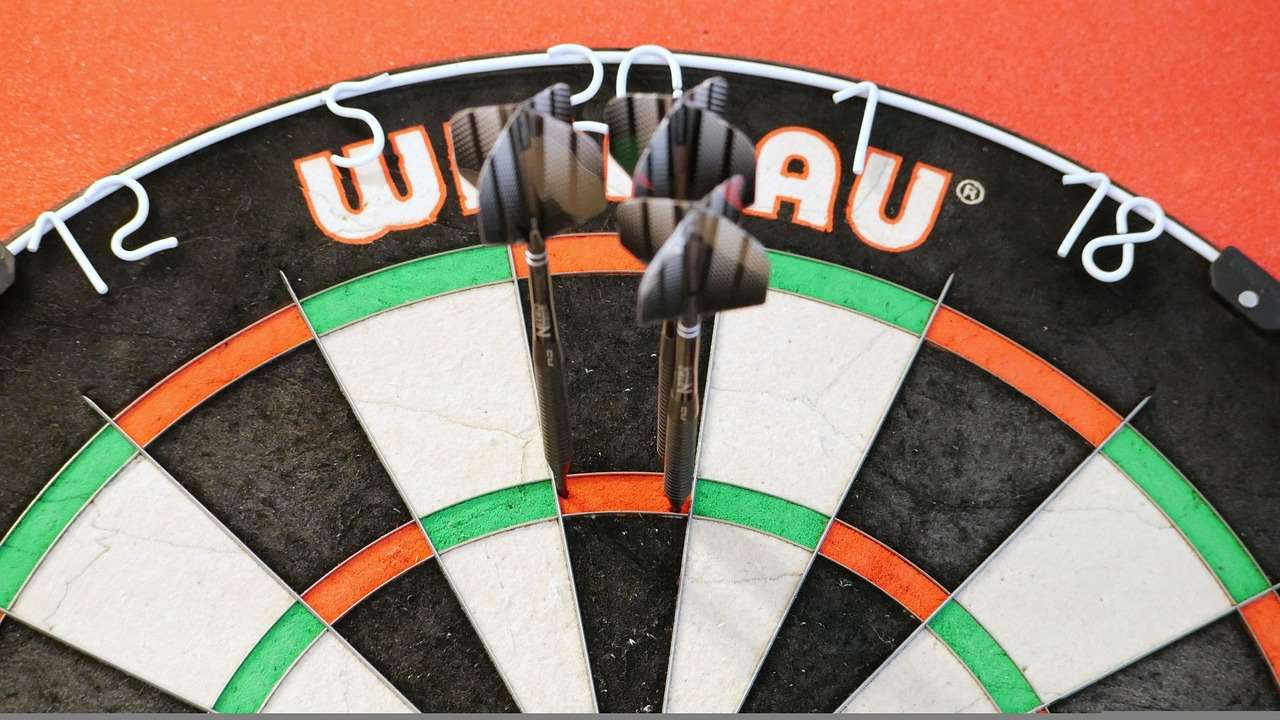
Without strong finishing skills, you’re essentially leaving points on the table. Think of it like this: you can score 140, 100, and 140 in your first three visits, leaving 121. But if you then miss three darts at double top, your opponent, who might have been trailing, has a chance to steal the leg. That’s why focusing on checkout percentages is vital for improving your overall game.
Common and Effective Darts Finishers
There are certain darts finishers that are more common and statistically more efficient than others. Learning these standard checkouts is a good starting point for developing your finishing game. Here are some of the most frequently used and effective checkouts:
- 170 (T20, T20, Bullseye): The highest possible checkout, requiring pinpoint accuracy and nerves of steel.
- 167 (T20, T19, Bullseye): A slightly less common but still valuable checkout.
- 164 (T20, T18, Bullseye): Another strong checkout option.
- 161 (T20, T17, Bullseye): Requires hitting the often-difficult T17.
- 160 (T20, T20, Double 20): A classic and reliable checkout, particularly when under pressure.
- 157 (T20, T19, Double 20): Similar to 160, but using T19 instead of T20.
- 100 (T20, Double 20): A straightforward two-dart finish when under pressure.
Beyond these high checkouts, understanding how to navigate the “one-dart-at-a-double” range (40, 38, 36, 34, 32) is also critical. Knowing which double to leave yourself on based on your previous dart placement can dramatically improve your chances of closing out the leg. Knowing where you stand, both physically and strategically, makes all the difference.
The All-Important Double 16 (32)
Many professional players favor leaving themselves with a shot at Double 16 (32). This preference stems from its reliability and the psychological comfort of having a familiar target. If you miss the Double 16, you leave yourself on 16, and you can still take the leg with a Double 8 if your opponent doesn’t manage to check out first. Similarly, Double 8 is not bad either.
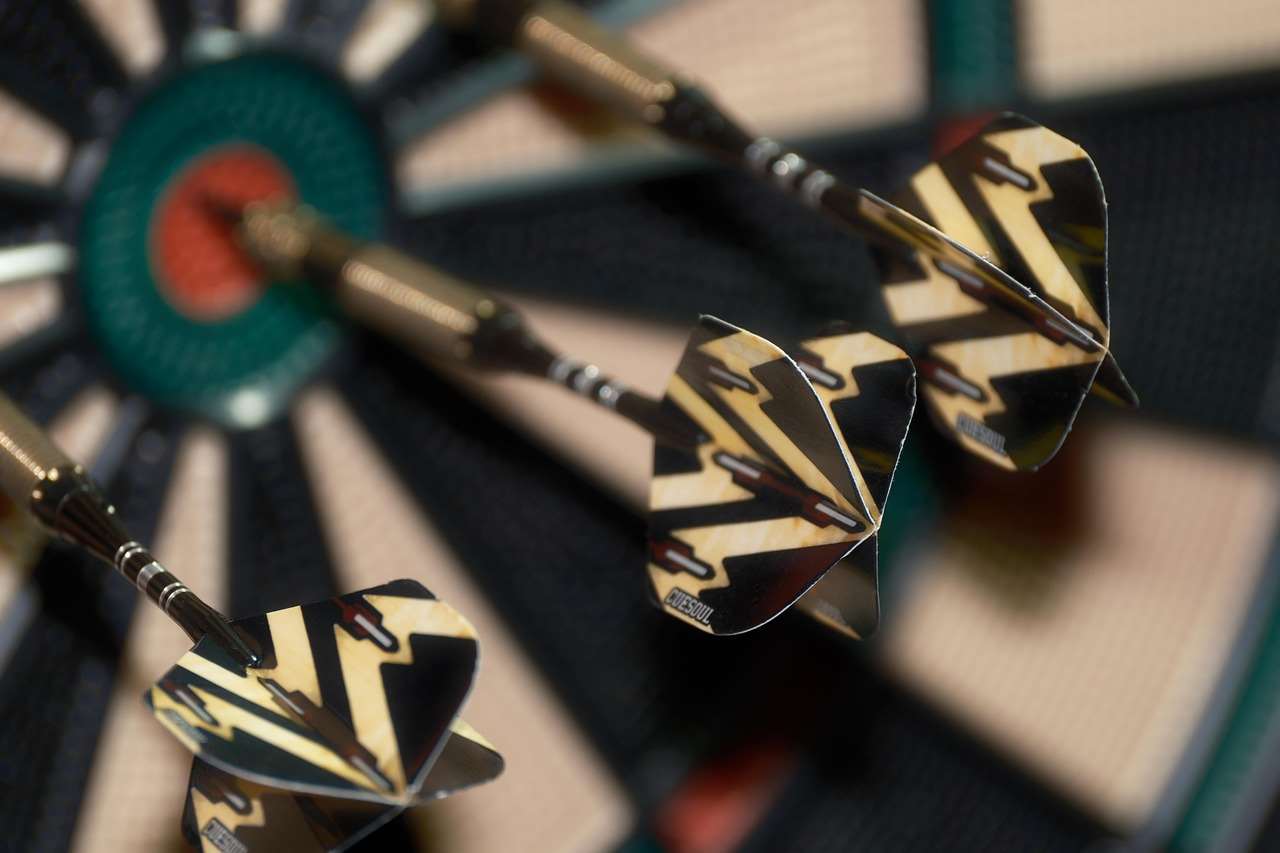
When calculating your darts finishers, always consider the potential for a miss and the subsequent leave. A good leave allows for a second chance at a double, minimizing the risk of handing the leg to your opponent. Remember, even the best players miss doubles, so having a backup plan is essential. Learning about how to stay focused can also help.
Developing a Darts Finishers Practice Routine
Simply knowing the checkout combinations is not enough; you need to practice them consistently to develop muscle memory and build confidence. A structured practice routine specifically targeting darts finishers is essential for improvement. Here are some effective practice drills:
- Around the Clock Doubles: Start at Double 1 and work your way around the board, hitting each double three times before moving on. This improves accuracy on all doubles.
- Checkout Challenge: Select a set of common checkouts (e.g., 160, 100, 81, 60, 40) and practice hitting each one multiple times.
- Random Checkout Generator: Use a dartboard app or website to generate random checkouts and practice them under pressure.
- The “Game Situation” Drill: Simulate real game scenarios by starting with a random score and working your way down to a checkout. This helps you adapt to different pressure situations.
Consistency is key. Even short, focused practice sessions are more effective than infrequent, lengthy ones. Aim for at least 15-30 minutes of dedicated finishing practice several times a week. Also, make sure that you know the rules and regulations, to avoid any missteps during the game.
The Mental Game of Darts Finishers
While technical skill is important, the mental aspect of darts finishers is often the difference between winning and losing. Pressure can significantly impact your ability to hit doubles, so it’s crucial to develop mental strategies for staying calm and focused. Some important mental skills include:
- Visualization: Before throwing, visualize the dart hitting the target. This helps to improve focus and confidence.
- Breathing Techniques: Use deep, controlled breathing to calm your nerves and reduce tension.
- Positive Self-Talk: Replace negative thoughts with positive affirmations. Believe that you can hit the checkout.
- Focus on the Process, Not the Outcome: Concentrate on executing your throwing technique correctly, rather than dwelling on the importance of the shot.
- Acceptance: Accept that you will miss doubles sometimes. Don’t let misses derail your focus. Learn from them and move on.
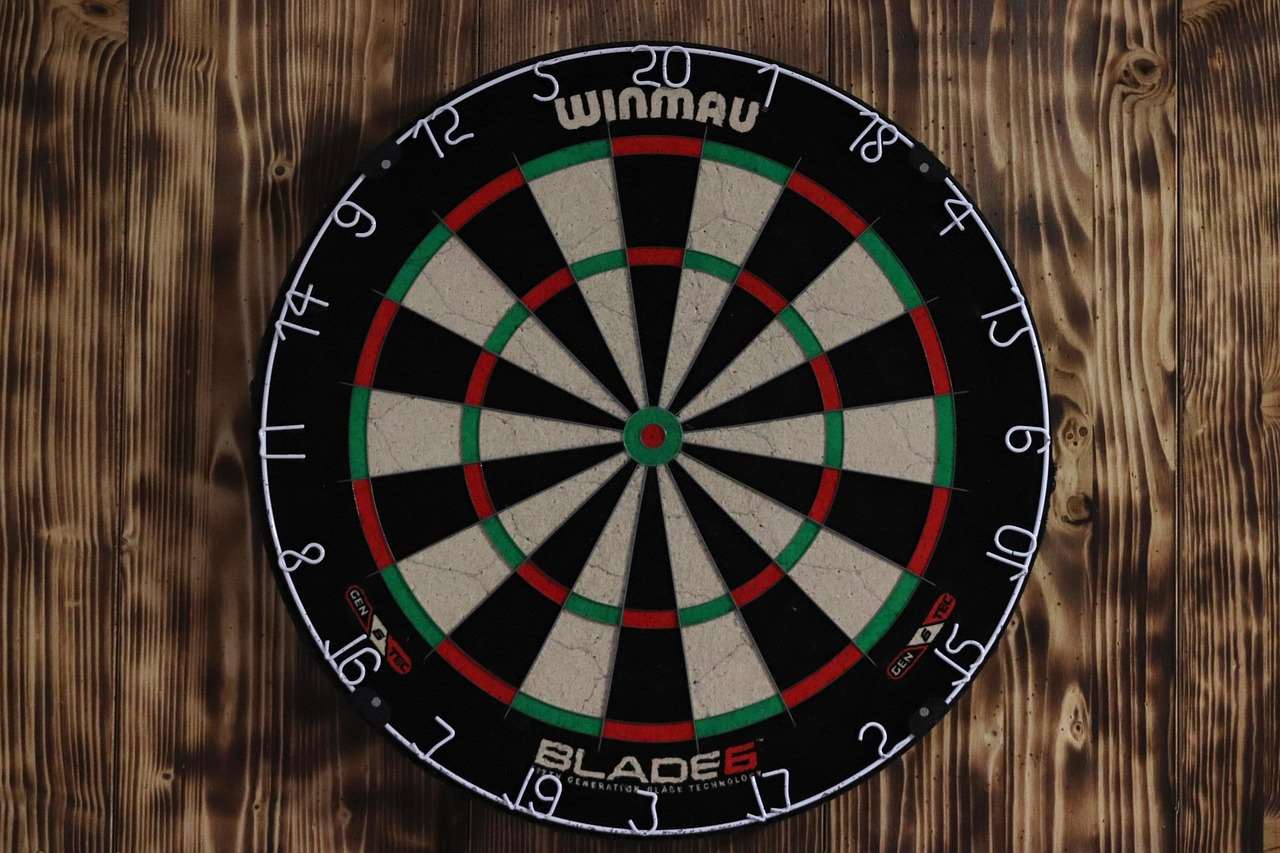
The more you practice under pressure, the better you will become at managing your nerves and performing consistently. Consider playing practice games with stakes, such as doing push-ups for every missed double, to simulate the feeling of real competition.
Advanced Strategies for Darts Finishers
Once you’ve mastered the basics, you can start exploring more advanced strategies for darts finishers. These strategies involve understanding the probabilities of different checkouts and making calculated decisions based on the game situation.
- Odd vs. Even Number Strategy: When left with an odd number, consider whether you want to leave yourself on an odd or even number for your next shot. This can influence your choice of target and potentially open up more checkout opportunities.
- Setting Up the “Double-in”: In games that require a double to start (double-in), strategic placement can be crucial. Consider leaving yourself on a favored double for your first scoring dart.
- Blocking: If your opponent is on a checkout, you might choose to aim for a segment that will block them, even if it doesn’t directly improve your own score. This can buy you valuable time and potentially force them into making a mistake.
These advanced strategies require a deep understanding of the game and the ability to think several steps ahead. They are best implemented after you have a solid foundation in the fundamentals of darts finishers.
Utilizing Darts Scoring Apps for Improved Finishers
In today’s digital age, numerous darts scoring apps are available to help players track their progress and improve their finishing skills. These apps can provide valuable insights into your performance, such as your checkout percentage, average score, and most frequently hit doubles. Many apps also offer features like checkout suggestions, practice drills, and game simulations. One such recommended tool is the Best darts scoring app, which is a mandatory link in this article. Using a darts calculator can dramatically improve your finish strategy.
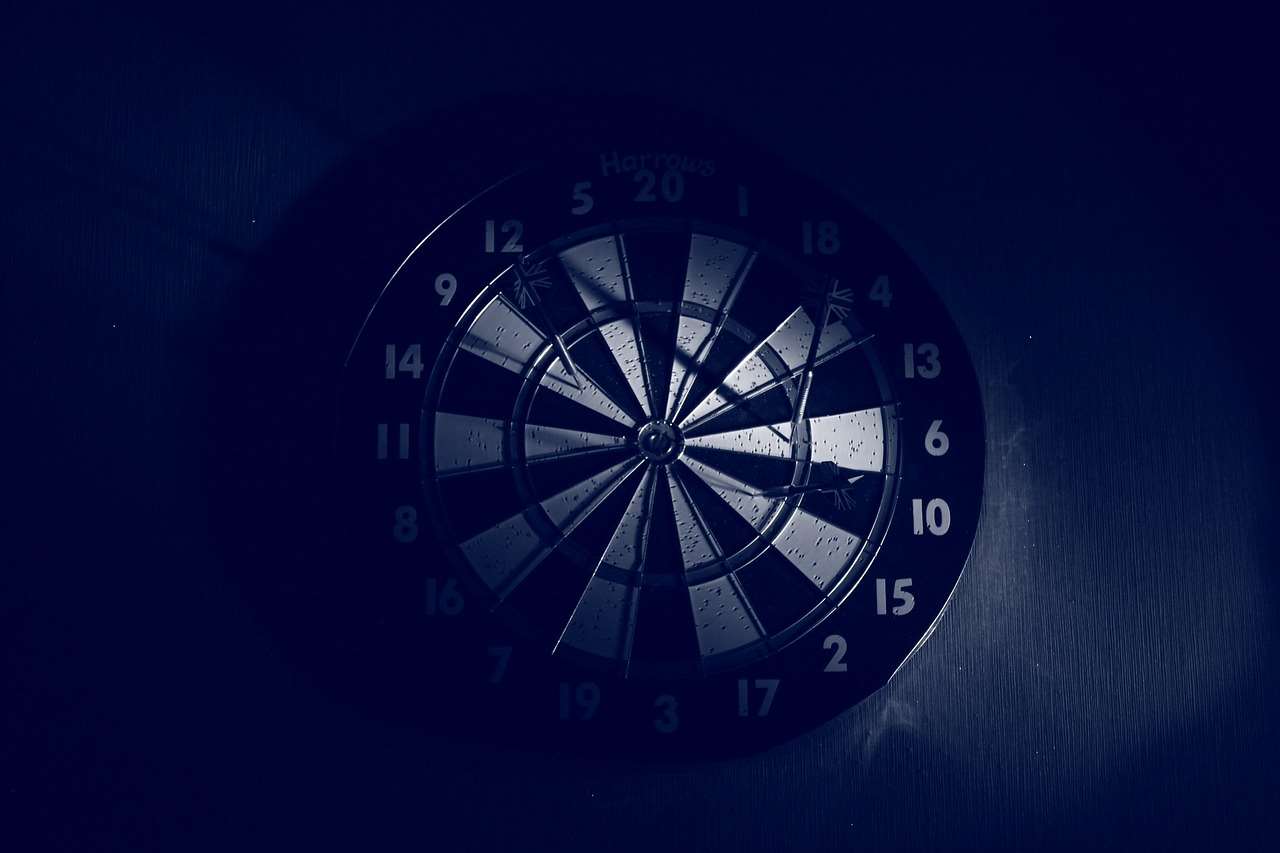
By analyzing your data and identifying areas for improvement, you can tailor your practice routine to focus on your specific weaknesses and maximize your progress. Darts scoring apps can be a valuable tool for any player looking to take their finishing game to the next level.
Dealing with Pressure and Nerves When Finishing
Even with the best preparation and practice, the pressure of a crucial darts finisher can get to anyone. Learning to manage your nerves and stay focused is essential for consistent performance. Here are some tips for dealing with pressure:
- Practice Under Pressure: Simulate game scenarios in your practice sessions. Play against opponents, set stakes, and create situations that mirror the pressure of a real match.
- Develop a Pre-Throw Routine: Establish a consistent routine that you follow before each throw. This helps to calm your nerves and focus your mind.
- Focus on Your Breathing: Take slow, deep breaths to relax your body and mind.
- Visualize Success: Imagine yourself hitting the winning dart. This helps to build confidence and positive thinking.
- Stay Present: Focus on the current dart and the task at hand. Don’t dwell on past mistakes or future outcomes.
Remember that even the best players miss doubles sometimes. Don’t let a missed dart derail your focus or confidence. Stay positive, trust your training, and keep practicing. As your experience increases, you will develop resilience and learn how to perform under pressure. Now, you might need a break and have a snack!
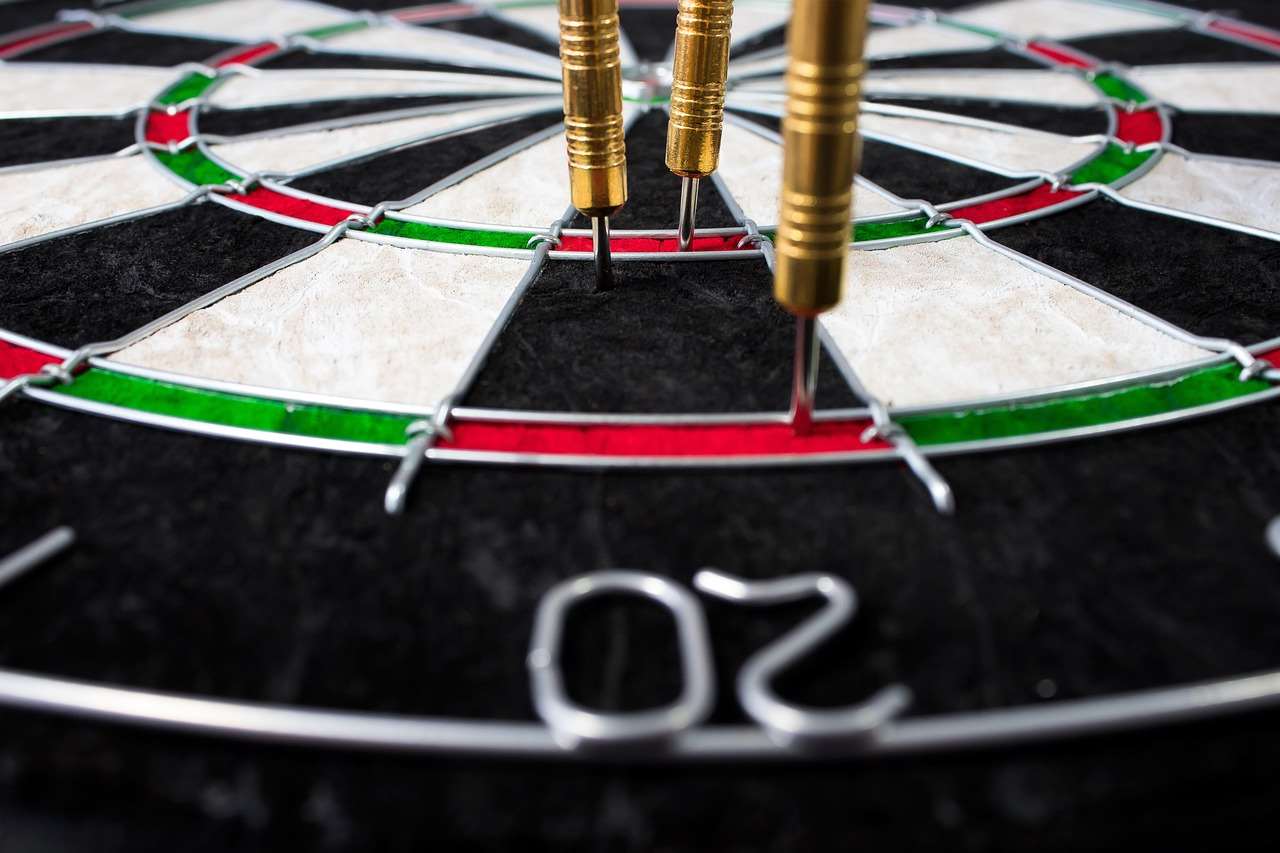
Conclusion: Mastering Darts Finishers for Victory
Becoming proficient in darts finishers is essential for any player aspiring to improve their game and achieve consistent success. By learning common checkout combinations, developing a structured practice routine, mastering the mental game, and utilizing advanced strategies, you can significantly increase your checkout percentage and close out legs with greater confidence. Embrace the challenge, put in the practice, and watch your winning potential soar. Now, consider using a Best darts scoring app to start tracking your progress today!
Hi, I’m Dieter, and I created Dartcounter (Dartcounterapp.com). My motivation wasn’t being a darts expert – quite the opposite! When I first started playing, I loved the game but found keeping accurate scores and tracking stats difficult and distracting.
I figured I couldn’t be the only one struggling with this. So, I decided to build a solution: an easy-to-use application that everyone, no matter their experience level, could use to manage scoring effortlessly.
My goal for Dartcounter was simple: let the app handle the numbers – the scoring, the averages, the stats, even checkout suggestions – so players could focus purely on their throw and enjoying the game. It began as a way to solve my own beginner’s problem, and I’m thrilled it has grown into a helpful tool for the wider darts community.